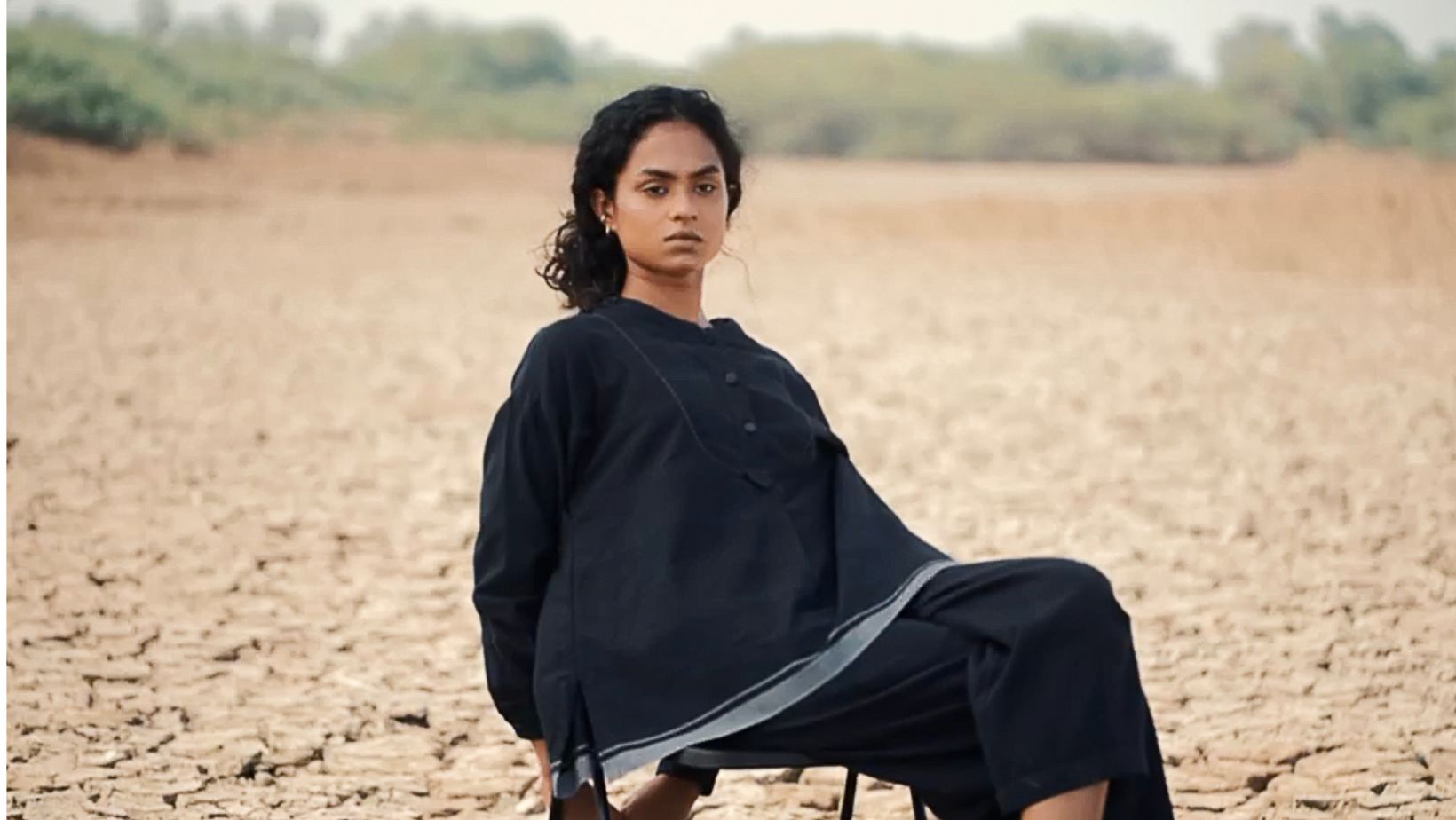The earth has never given as many signals as it has today that it needs our help. With the increasing impacts of climate change on our day-to-day lives, it’s vitally important to be conscious in how our everyday decisions affect our environment.
What is Conscious Fashion?
One way that we can help the earth is through conscious fashion.
Conscious fashion, also known as ethical, sustainable and slow fashion, is about caring where your clothing comes from. It’s an awareness of all the inputs and processes that go into making our clothing – natural, human, animal.
When we buy consciously, we respect the planet we live on and the people and animals involved in the making, we cast our vote for what we believe in.
At Sahana we believe conscious fashion is about slowing down and questioning production processes;
- Who made this?
- How were the creators of my clothing compensated and how were they treated?
- Are the materials I'm putting on my skin chemical-free, natural, good for my health?
- Am I supporting local creative artisans and their community?
- How long will my clothing last? Will I just wear it for a few months or is it something that will be part of my wardrobe for years to come?
By asking these questions as consumers we commit to challenging the negative effects of fast fashion.
Why Fast Fashion Needs to Slow Down
The concept of fast fashion emerged from a demand that people wanted access to ever-changing trends as quickly and as inexpensively as possible. It aligns with the idea that quantity is more important than quality, and keeping up with trends is a necessity.
Fast fashion’s toll on the earth has been monumental, with production processes depleting non-renewable resources, increasing greenhouse gas emissions and using massive amounts of water and energy.
Every second, the equivalent of one garbage truck of clothing is burned or dumped in landfill. Australians alone dump 15 tonnes of clothing and fabric waste every ten minutes which adds up to 800,000 tonnes, or 31 kilograms per person, every year.
For workers in fast fashion most of the clothing is made in countries where workers rights don’t yet exist. Garment workers are often forced to work 14 to 16 hours a day, 7 days a week, sometimes with no paid overtime.


A Step in The Right Direction
Slowly, step-by-step, the world is waking up to the devastating effects of fast fashion on our earth.
Sustainability and upcycling are now becoming prominent trends in fashion, from H&M’s Conscious Collective to Olivia Wilde’s partnership with ThredUp.
In March 2019, the UN launched the Alliance for Sustainable Fashion, which now coordinates efforts across agencies to make the fashion industry less harmful. Lyst, the global fashion search engine, has recently reported a 47% increase in shoppers looking for items that have ethical and style credentials with terms such as ‘vegan leather’ and ‘organic cotton’.
Collectively, we are on the move towards a pivotal moment in time where we will see whether the need for sustainable shopping options will rival the age old need for new trends at high speeds.
Our Commitment to Conscious, Sustainable Fashion
At Sahana we are working towards achieving an entirely ethical and sustainable production process, and we’re nearly there.
We only use small batch production, consisting of a limited number of designs in a collection released at a time. In fast fashion production processes, garments are mass produced at high speeds in factory settings where workers are often underpaid and overworked. With small batch production we make sure we are contributing to dramatically reducing fashion’s carbon footprint and ensuring less textiles are thrown into landfill after only being worn a handful of times.
At Sahana we produce fewer transeasonal collections a year in contrast to the 25 collections fast fashion outlets produce annually. Transeasonal dressing is about choosing less garments, of higher quality, that last longer so you can layer and rotate throughout multiple seasons, reducing the amount of clothing you need.
We’re committed to supporting our incredible artisans and looking after each and every one of our workers as a collective community. Our garments are handmade and use traditional techniques such as natural dyeing, block printing and hand embroidery.
We also only use 100% sustainably sourced, natural fibers that breathe, such as cotton and linen. This year we are looking forward to introducing our 100% hand-spun and hand-loomed range in spring and summer.
And this is what motivates us. What drives our purpose, to be aligned with change and part of a future where we look after the earth and are able to meet our own needs without compromising the ability of future generations to meet theirs.






